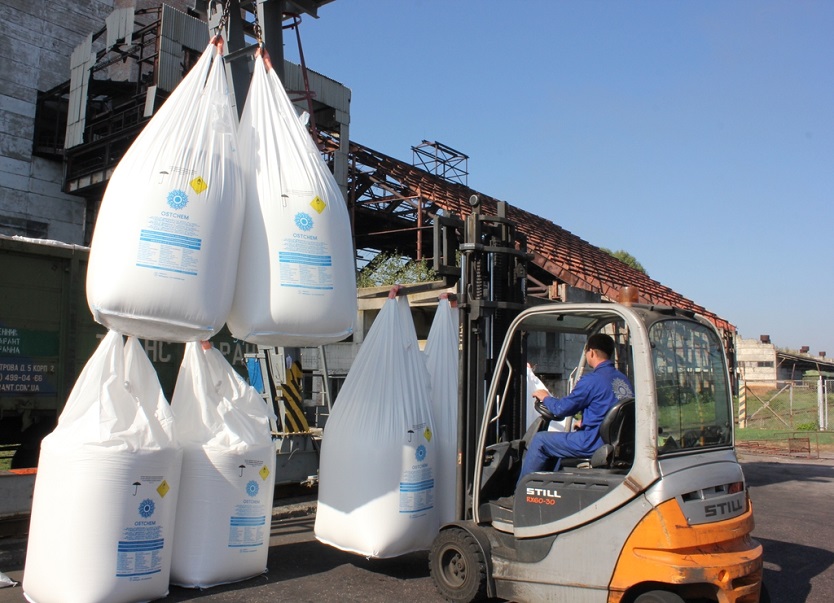
|
Group DF - international group of the companies, major investments are concentrated in the nitrogen, titanium and gas businesses. |
|
29 April 2024 OSTCHEM plants produced 520,6 thousand tons fertilizers in Q1 2024The production structure remains fairly stable: ammonium nitrate remains the constant leader (246 thousand tons were manufactured), UAM (urea-ammonia mixture) was in the second place (123 thousand tons), and urea was the third (123,5 thousand tons). The production volume of lime-ammonium nitrate (LAN) amounted to 15,8 thousand tons, ammonia – 9,08 thousand tons. For consecutive years, OSTCHEM has reliably met its obligations during the spring sowing period, achieving 100% fulfillment. However, in 2024, a concerning industry trend emerged: fertilizers imports significantly exceeded domestic production.
 «If we compare OSTCHEM’s production results for the 1st quarter of this year with the same period last year, when our plants produced 515,5 thousand tons of mineral fertilizers, we will see that production growth has actually stopped. The reason: the Ukrainian market is littered with imported fertilizers. In the 1st quarter of 2024, imports amounted to 701,2 thousand tons, by 35% exceeding domestic production. Imports continue to kill domestic production, four fertilizer producers have already been stopped – these are OPP, Dniproazot, Rivneazot and Sumykhimprom», – commented Oleh Arestarkhov, head of the corporate communications department of Group DF. At the same time, Ukrainian producers continue to lose ground on the Ukrainian market in most fertilizer segments, except for UAM. «First of all, Ukrainian chemical plants are dramatically losing the urea market: in the 1st quarter, Ukraine produced 123,5 thousand tons of urea, and imports amounted to 181 thousand tons. 88% of all imported urea was imported from Azerbaijan and Turkmenistan – states friendly to russia. Poland is also growing its position as the strongest importer of fertilizers to Ukraine. Poland today is littered with cheap russian and belarusian fertilizers, they did not fall under EU sanctions. They redirect all excess fertilizers from the Polish market to Ukraine», – Arestarkhov added. In 2023 Poland imported 1.016 million tons of urea into its territory, of which urea from russia amounted to 34% (345 thousand tons). At the same time, in the Ukrainian market, Poland in the 1st quarter of 2024 has already become the unconditional leader among importers in such types of fertilizers as ammonium nitrate, ammonium sulfate nitrate, UAM, NPK.
He emphasized that specific proposals from the Union of Chemists of Ukraine are currently under consideration by the government. These proposals aim to safeguard the Ukrainian market and prevent the decline of the chemical industry in 2024. Earlier it was reported that OSTCHEM launched UAN production. The new production line with a capacity of 300 thousand tons of urea – ammonium nitrate per year has been implemented at the “Rivneazot”. As we informed, on April 12, Group DF together with Hyundai signed an agreement on the construction of a chemical hub in Rivne. The chemical park entails the construction of several plants in the city of Rivne: a plant for the production of nitrogen fertilizers and “environmentally friendly” hydrogen and ammonia. |